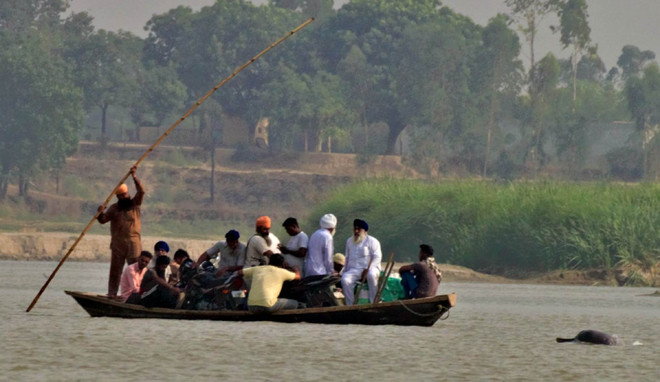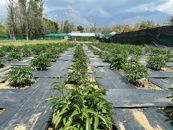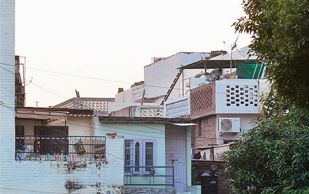
The Indus river dolphin, a rare species, has surfaced in the Beas.
GS Paul
Tribune News Service
Amritsar, May 24
With a drastic fall in the water pollution level amid the Covid lockdown, Indus river dolphins, one of the world’s rarest mammals, are being sighted often these days at the Harike Wetland Sanctuary, lower stream of the Beas river.
This was observed by a group of riparian communities tagged as “Beas Mitars (friends of the Beas)”, living on the shores of the Beas Conservation Reserve. They have been trained by the WWF-India and the Punjab Forest Wildlife Preservation Department under an activity plan executed in collaboration with the DCB Bank. They are proficient to monitor the Indus dolphin population and jot down the survey sheets certified by WWF-India in its official report.
WWF-India’s Coordinator, Aquatic Biodiversity, Gitanjali Kanwar, said Beas Mitars helped compiling the baseline data and documentation of Indus river dolphin during the lockdown period.
“A maximum of four dolphins at one point of time in the Karmowala area and minimum of one at another spot that fall in the Gadhka area, both in Tarn Taran, was spotted quite often. The lockdown has taught us a positive lesson that for prosperity of natural resources and aquatic life, human beings must not commit the error of polluting rivers anymore,” she said.
The Beas conservation Reserve is the home to the only population of Indus river dolphin (platanista gangetica minor) in India. The areas with the most regular dolphin sightings are in the vicinity of remotest villages like Dhun, Karmowala, Gadhka, Mundapind, Dhunda, Goindwal, Baisal and Gagrewal.
Who could have imagined about the unusual situation that novel Covid 19 brought with it? Yet, not a single day had passed when the WWF was not getting updates from Beas Mitars about the water level, its quality, and health of the aquatic life.
Join Whatsapp Channel of The Tribune for latest updates.


























